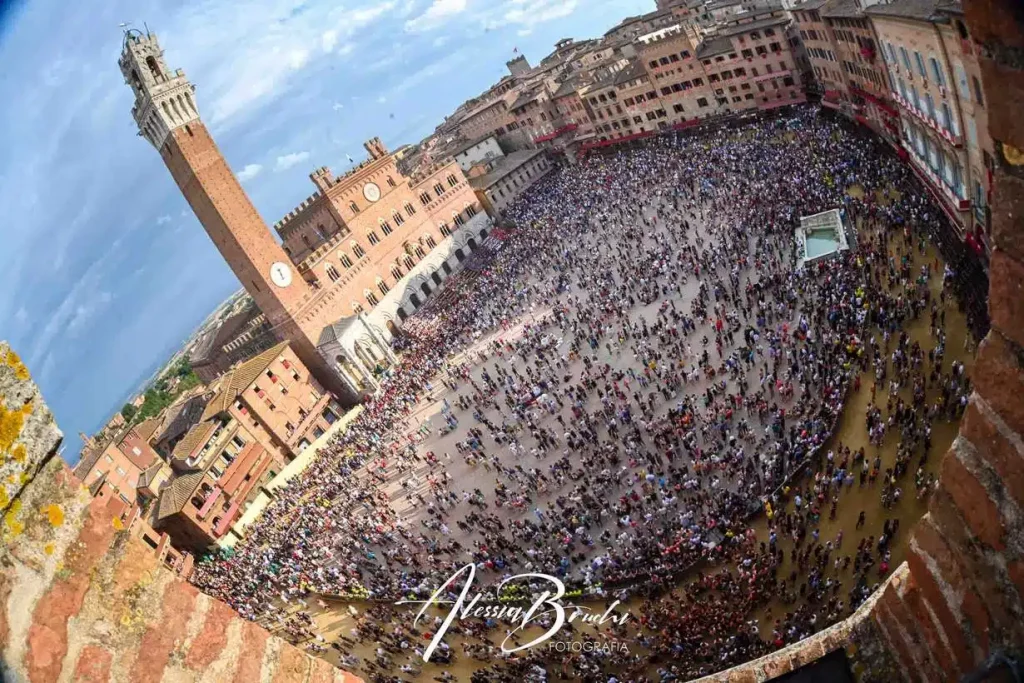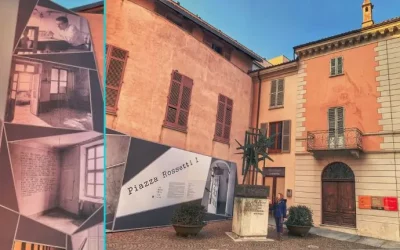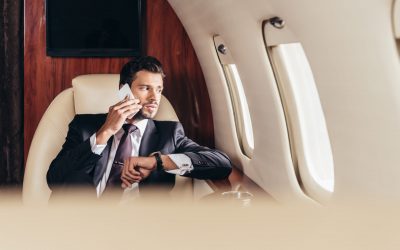Palio in Italy 2023: Most famous, Siena, Asti, Legnano
The Palio is a historic Italian tradition that takes place in various cities and regions. These are spectacular races, rooted in local history and traditions, where inhabitants from different neighborhoods or contrade compete in various challenges. Among all the Italian Palii, the one in Siena is undoubtedly the most internationally famous. The 2023 edition of the Palio di Siena will take place on August 16th and will see historic contrade of the city compete in a thrilling horse race in Piazza del Campo.
What is a Palio in Italy? Meaning
The word “Palio” in Italy refers to a type of annual event held in many cities and towns which consists of a competition between different districts, neighborhoods, or city wards known as “contrade”. The nature of the competition varies from place to place but often takes the form of a horse race, as is the case in the most famous Palio, the Palio di Siena. However, competitions can also include various forms of medieval-style contests, boat races, and even athletic contests.
The term “Palio” itself comes from the Latin word “pallium” which means a piece of cloth or a cloak. This was often the prize given to the winner in ancient times, and in many Palios today, a painted banner (also known as a Palio) is awarded to the winning contrada.
These events are not simply races or contests, they are deeply rooted in history and tradition, often accompanied by grand parades featuring medieval costumes, historical reenactments, religious rituals, and large communal feasts. The rivalries between contrade are taken very seriously and winning the Palio is a matter of great pride and celebration. So, in essence, a Palio in Italy is a historic competition steeped in local tradition, a form of civic game that encapsulates the spirit of local pride, rivalry, and community.
How many Palio are there in Italy?
In addition to the famous Palio di Siena, there are numerous other Palii that take place throughout Italy, each with its own peculiarities and traditions. Some notable examples include the Palio di Asti, the Palio di Ferrara, and the Palio di Fucecchio. Each of these events offers a unique experience that reflects the richness and diversity of Italian traditions.
- Palio di Siena: As mentioned earlier, this is the most famous of all the Palio events. It’s held twice a year in Siena’s Piazza del Campo. Ten of the seventeen districts (contrade) of Siena compete in a thrilling bareback horse race.
- Palio di Asti: This Palio is another traditional horse race that happens in the city of Asti, Piedmont. It’s one of the oldest recorded Palio events dating back to the 13th century. Held in September, the race features 21 horses from the districts of Asti.
- Palio di Ferrara: This event in Ferrara is considered the oldest Palio in the world. Unlike the Siena and Asti Palios, the competition here is a jousting tournament that happens in the last Sunday of May.
- Palio di Fucecchio: Known as one of Tuscany’s most important Palio events, this race takes place in Fucecchio on the last Sunday of May. Unlike most other Palios, Fucecchio’s version features a cart race, driven by horses, alongside traditional parades and archery contests.
- Palio di Legnano: Held in the Lombardy region, this Palio features horse racing, archery, and a parade. The event, happening on the last Sunday of May, commemorates the Battle of Legnano in 1176, where the Lombard League defeated Emperor Frederick I.
- Palio della Rana: In Fermignano, Marche, the annual “Palio of the Frog” takes place. Unlike the traditional horse races of other Palios, this one features a race where participants carry a cart with a frog on top. If the frog jumps off, the participant has to stop and put the frog back on before they can continue.
- Palio di Parma: In Parma, the Palio features a donkey race instead of horses. Happening in September, it recalls a historical event in 1314 when donkeys rather than horses were used due to high taxes imposed on horse feed.
- Palio Marinaro dell’Argentario: This Palio in Porto Santo Stefano, Tuscany, is a boat race, a variation from the usual horse racing Palio. The four districts of the town participate in a rowing competition in the Tyrrhenian Sea every August 15th.
Remember, there are many more Palio events in Italy, and each one reflects local traditions, history, and culture. They are a wonderful opportunity to dive into the rich and varied fabric of Italian local identities.
Which is the most important Palio in Italy?
The Palio di Siena is often considered the most important Palio in Italy due to its historic significance, the magnitude of the event, and the intense local and international attention it receives.
Originating in the 6th century, the Palio di Siena is held twice a year, on July 2 and August 16, in the stunning Piazza del Campo, Siena’s central square. The event includes an elaborate procession featuring medieval costumes, flag-throwing displays, and a high-stakes horse race. Each of the city’s seventeen districts, or “contrade”, is represented by a horse and jockey. The contrade have centuries-old rivalries, and winning the Palio is a major honor that leads to extensive celebrations.
While other Palio events in Italy are also culturally and historically significant and engage large numbers of participants and spectators, the Palio di Siena is generally recognized as the most prestigious and renowned, making it a major highlight of the Italian cultural calendar.
The Palio di Siena 2 July 2023, Selva

The most internationally famous Palio is undeniably the Palio di Siena. This race among the city’s seventeen districts takes place in the stunning Piazza del Campo. The bareback horse race, wrapped in a spectacle of color, sound, and passion, attracts thousands of spectators worldwide annually.
Historical Significance of the Palio di Siena
The Palio di Siena has a long history tracing back to the 13th century, and its cultural and historical importance is such that it has been included in UNESCO’s intangible cultural heritage list. Horse races began as a concluding event to the annual festival dedicated to the Assumption of Mary, the city’s patron saint. Over time, the competition underwent various changes to assume its present form.
Palio Of Asti

The Palio di Asti is one of the oldest recorded bareback horse races in Italy, with its origins dating back to the 13th century. It is traditionally held on the third Sunday of September in Asti, a city in the Piedmont region of northwestern Italy.
Just like in the Palio di Siena, the city’s different districts, or “borghi”, compete in the Palio di Asti. However, instead of 17 districts as in Siena, there are 21 participants in Asti. Each participating district is represented by a rider, and the race usually involves three laps of a course laid out on the city’s streets. The district that wins the race has the honor of keeping the Palio banner until the next year’s event.
An important feature of the Palio di Asti is the historical procession that precedes the race. The procession includes over 1,200 participants, representing the various borghi of the city, all dressed in medieval costumes. Each district also has its flag bearers who perform skilled displays of flag tossing and handling.
The Palio di Asti is not just a horse race; it’s a major event in the cultural life of the city, culminating in a week-long festival featuring medieval re-enactments, music, food, and wine. This Palio is an integral part of Asti’s identity, contributing to a strong sense of community and providing a vibrant link to the city’s medieval past.
Conclusion:
Whether you are planning to attend the Palio di Siena, the Palio di Asti, or any other Palio in Italy, you will witness a spectacular event rich in traditions that reflect authentic Italian culture. These events offer a unique opportunity to experience moments of celebration, competition, and history, in an atmosphere of incredible excitement and participation.




